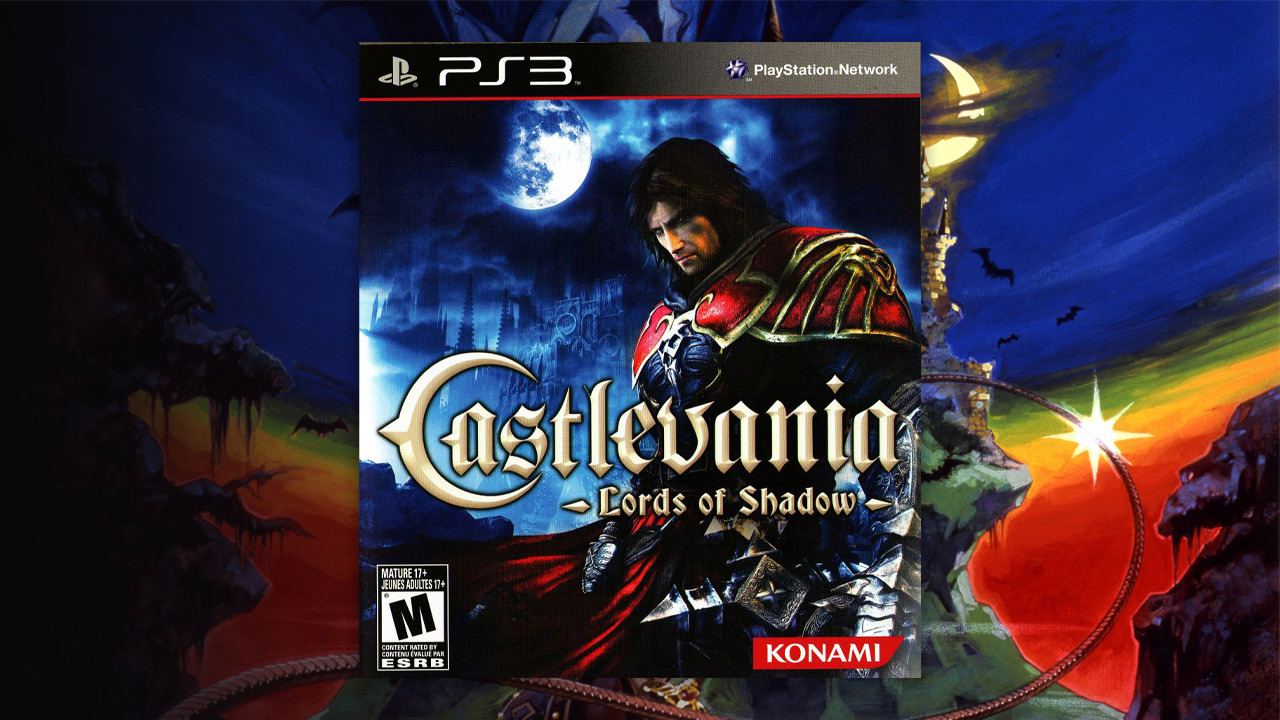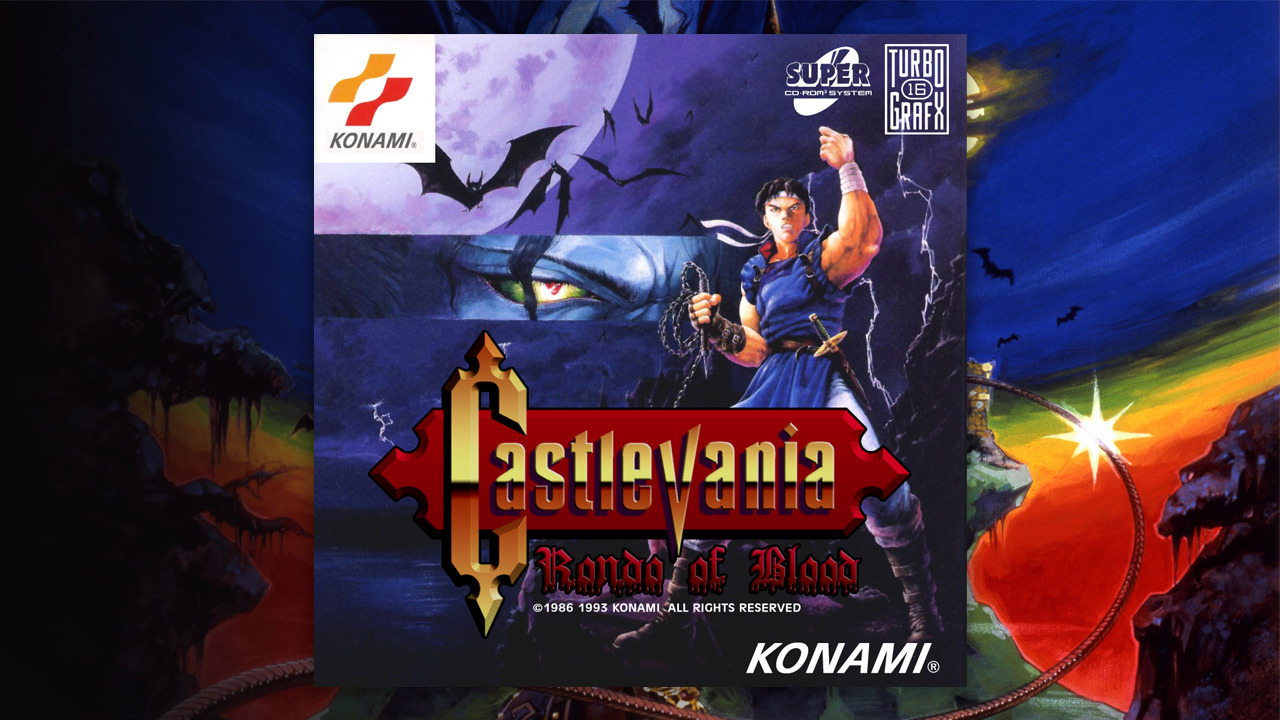Best Castlevania Games, Ranked
The Castlevania series has been one of the most prolific and long-running in all of gaming, with the success of its many games–including some of the greatest games ever made–even leading to a popular Netflix animated series. With such a big selection, it wasn’t easy to rank the best Castlevania games, but we did our best and are almost certainly going to have you disagree with at least a few of the choices and placements. These are the 10 best Castlevania games, ranked.
More franchise best lists
Some of the games on this list can be found in the Castlevania Anniversary Collection and recently released Castlevania Advance Collection.
10. Castlevania III: Dracula’s Curse (NES)

We saw several NES franchises make big changes with their second installment before reversing course back to what worked before when a third game eventually released. Super Mario did it, Zelda did it, and Castlevania did it, too. The non-linear but often cryptic and tedious Castlevania II: Simon’s Quest was followed by Castlevania III: Dracula’s Curse, which took a more linear approach without being as straightforward as the first game. It featured multiple playable characters, some of whom you’ll recognize from the animated series, both these objections didn’t mean the game was easier. Instead, it’s arguably the hardest of the original trilogy, to the point that it’s reasonable to rage-quit and never actually finish it.
9. Castlevania (NES)

The game that started it all on the NES and began–at least in terms of release order–the ongoing struggle between the Belmont family and the legendary vampire Dracula, the first Castlevania did a whole lot right. Its art direction and music, limited as they had to be on the system’s basic hardware, are still classic today, and the enemies are just as iconic. Fighting literal Death and mythological creatures before you ever take on Dracula showed just how powerful the vampire was going to be, even if you had full health and a nearly bottomless supply of holy water to throw his way. However, the original Castlevania was also a deeply frustrating game because of its stiff controls, which didn’t let you course-correct jumps as you could in games like Super Mario Bros. Combine this with a knockback effect when taking damage, and you had a couple of broken controllers.
8. Castlevania: Bloodlines (Genesis)

A Nintendo-exclusive franchise for years (we won’t talk about that terrible arcade game), Castlevania made the jump to the competition with Castlevania: Bloodlines. A Sega Genesis exclusive, it wasn’t drastically different from its predecessors in terms of design, with action-oriented gameplay and the same blend of platforming and tricky combat the series was famous for. Where it really stood out, however, was the weird lore implications it made, including connections to the Bram Stoker Dracula novel that haven’t been that thoroughly explored in most of the series’ other games. Like the other 16-bit era Castlevania games, Castlevania: Bloodlines’ visuals have held up very well, and it’s still just as playable today as it was back in 1994.
7. Castlevania: Dawn of Sorrow

The successor to Aria of Sorrow–more on that one in a bit–Castlevania: Dawn of Sorrow continued its more modern story and setting, ditching the centuries-old tales of past games and putting players back in the shoes of Soma Cruz. A supernatural hero with ever-increasing power that fits the Metroidvania template first seen in Symphony of the Night, Soma’s abilities are quite a bit more varied than what the Belmont clan offers. But it’s also what the DS itself offered that made Dawn of Sorrow stand out, with the game’s map being displayed on the top screen permanently, thus freeing up space for the action on the bottom screen and helping to avoid unnecessary pausing. It certainly wasn’t the only DS game to do this, but in an exploration-heavy series like Castlevania, it’s extremely helpful.
6. Castlevania: Order of Ecclesia

The last Nintendo DS game in the series–and the last retail Castlevania game before the franchise was reimagined–Castlevania: Order of Ecclesia is also the final original game in the series with legendary producer Koji Igarashi’s involvement. His extensive history with Castlevania may have been why Order of Ecclesia made such big changes, breaking from the backtracking-heavy castles in favor of a streamlined approach that melds some elements from later games with the level-based earlier titles. Once again, it also stars someone other than a Belmont, putting you in control of Shanoah, who can steal enemies magic Kirby-style in order to use different weapons. While we love the classic Vampire Killer whip, this variety does help to keep things fresh, and it makes Order of Ecclesia worth revisiting.
5. Castlevania: Lords of Shadow

Originally revealed without the Castlevania name attached to it, anyone playing through most of Castlevania: Lords of Shadow may wonder what it had to do with the series, at all, with the exception of the “Belmont” surname for protagonist Gabriel. A famous twist makes the Castlevania name much clearer, however, and caps off what is one of the most underrated action-adventure games of the Xbox 360 and PS3 generation. A brilliant hack-and-slash combat system, orchestral music, solemn tone, and Hollywood actors in the lead roles all helped it become a sleeper hit. Its sequels, both Lords of Shadow 2 and the 3DS’s Mirror of Fate, weren’t as successful, which is a shame considering how great the original remains today.
4. Castlevania: Rondo of Blood

This is where things get a little bit confusing. There are two different versions of Castlevania: Rondo of Blood–the one we’ve ranked as the fourth-best in the series, and another called Castlevania: Dracula X, which came to the Super Nintendo. If you wanted the better game back in the mid-90s, you had to have a PC Engine, which is the Japanese version of the TurboGrafx-16. It became a little bit easier to play later, with a remake included in Castlevania: The Dracula X Chronicles an eventual port to PS4 with Castlevania Requiem, and a spot on the excellent TurboGrafx-16 Mini console. Flashy visuals with smooth animations and brilliant sound design make it feel far newer than it actually is (the game was first released in 1993 and required a CD peripheral). Rondo of Blood is an often overlooked entry that can’t be missed, especially because another game on our list is actually a sequel to it.
3. Castlevania: Aria of Sorrow

The last game in the series to release for Game Boy Advance was also the best, and it did so by moving further away from the standard Castelvania setting and premise as much as possible. Dracula still had a role in the game, but it took things in some strange directions unrelated to the Belmonts and their seemingly never-ending battle against the vampiric lord. Soma Cruz, who returned in the sequel Dawn of Sorrow, makes his first appearance in this game, and you can use a bunch of different weapons to take down your enemies while also using their abilities to further improve your power. If there were ever a Castlevania game meant for Hot Topic patrons with straightened hair and Hawthorne Heights shirts, this is it, but that’s not necessarily a bad thing.
2. Castlevania: Symphony of the Night

The game that changed everything, Castlevania: Symphony of the Night was a pretty radical departure for the series, moving from mostly level-based action-platforming to an open-ended action-RPG that took clear inspiration from the Metroid series. It even led to a new name for a whole sub-genre of games–metroidvania–and a template that Castlevania would mostly stick to for more than a decade. Despite releasing on the original PlayStation well into its lifespan, Konami didn’t force 3D visuals into Symphony of the Night, something it couldn’t help but do in the mediocre Nintendo 64 games, and instead delivered a flashy and timeless 2D visual style. The game’s English translation also offered some unintentional humor, including the famous “miserable little pile of secrets” line. But enough talk, it’s number 2!
1. Super Castlevania IV

Is it controversial to have anything but Symphony of the Night (or Aria of Sorrow) in the top spot? Probably, but being right isn’t always easy. Super Castlevania IV is the original Castlevania formula perfected, completed with some of the best action-platforming ever delivered in a 2D game. The stiff movement of the earlier games is replaced by fine-tuned jumps that you can adjust in the air, and the Super Nintendo’s increased power allowed Konami to offer more ambient effects, better environments, and a much more detailed Simon Belmont sprite. A very slight and intentional freeze-frame effect when hitting enemies also gives each attack more weight without needing rumble in the controller, which is especially important when facing off against the game’s difficult bosses.
But do you think any of that matters? You’re so stupid! Super Castlevania IV could be legendary based on its music alone. Using the SNES’ excellent sound chip, gothic-style organs blare as you fight through the spooky sections of Dracula’s castle, and the tunes will be stuck in your head for weeks after you finish playing.
For all the latest Gaming News Click Here
For the latest news and updates, follow us on Google News.

